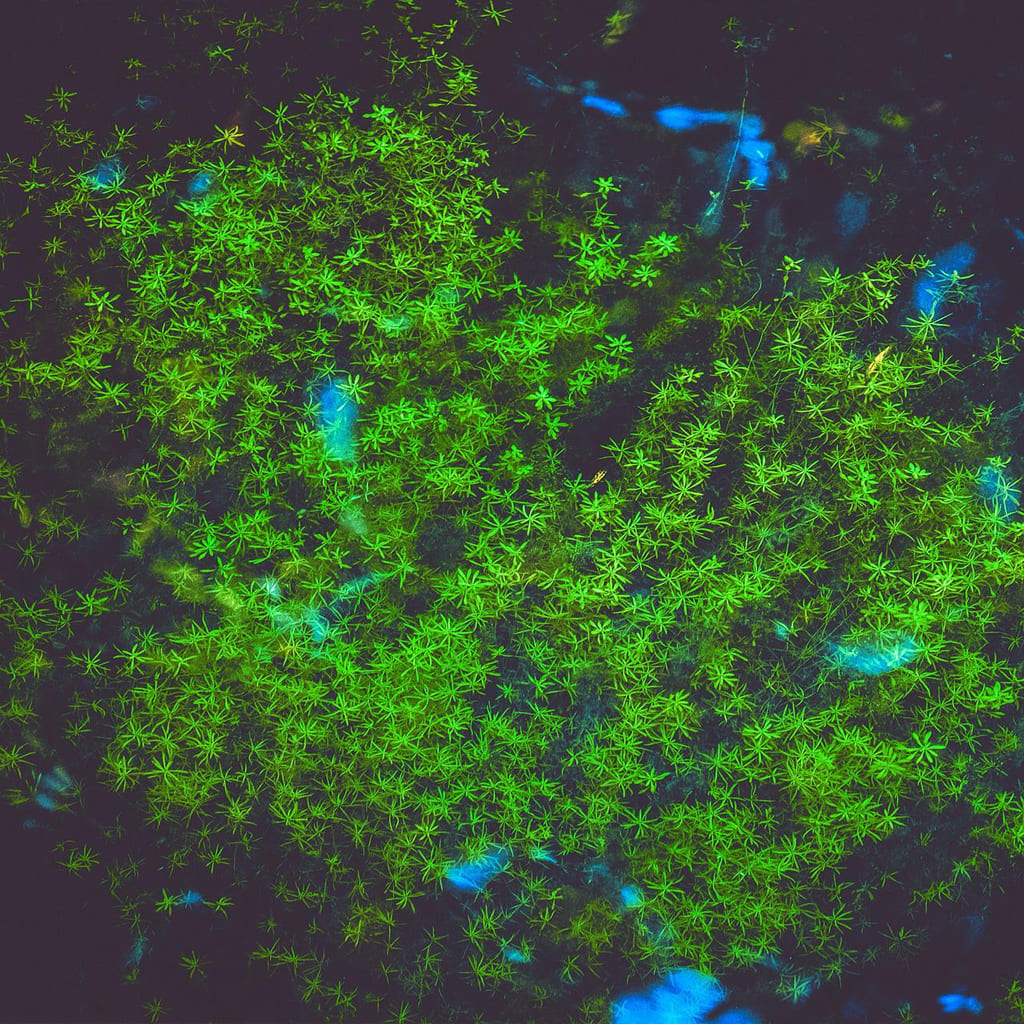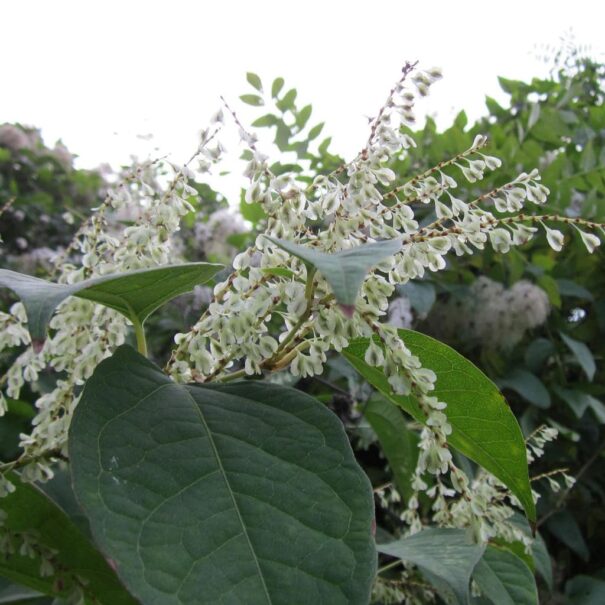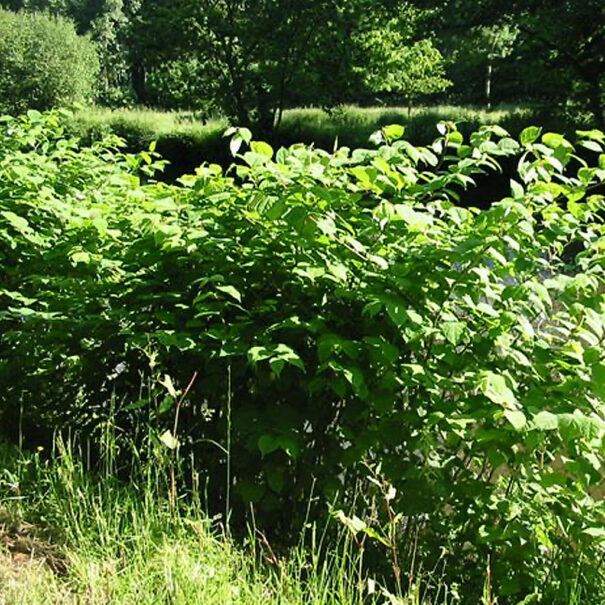Operation and natural heritage
OPERATION AND NATURAL HERITAGE
Brittany’s unique network of waterways comprises the Loire-Atlantique and the four major canals – the Nantes to Brest, the Blavet, and the Vilaine and the Ille-and-Rance.
HOW CANALS WORK
A canal is a waterway built for navigation. The technique goes back at least to the 5th century BC. There are two types :
– the lateral canal, which follows the course of a river that has been canalised, as in the case of the Vilaine, the Blavet and the Oust.
– the junction canal that connects two river valleys by means of a staircase of locks from each river basin to the summit of the hill that divides them. At the summit there is a dividing pound, or reservoir, that replenishes the locks as boats move up and down. In Brittany, there are four junction canals.
WATER SUPPLY TO THE CANALS
Since water flows downhill, self-evidently the two sides of a junction canal must be fed principally from above. However, the main supply is usually augmented where possible with water from feeder channels and reservoir ponds as it descends. These supplementary sources help to compensate for the loss of water due to the operation of the locks, as well as evaporation and seepage.
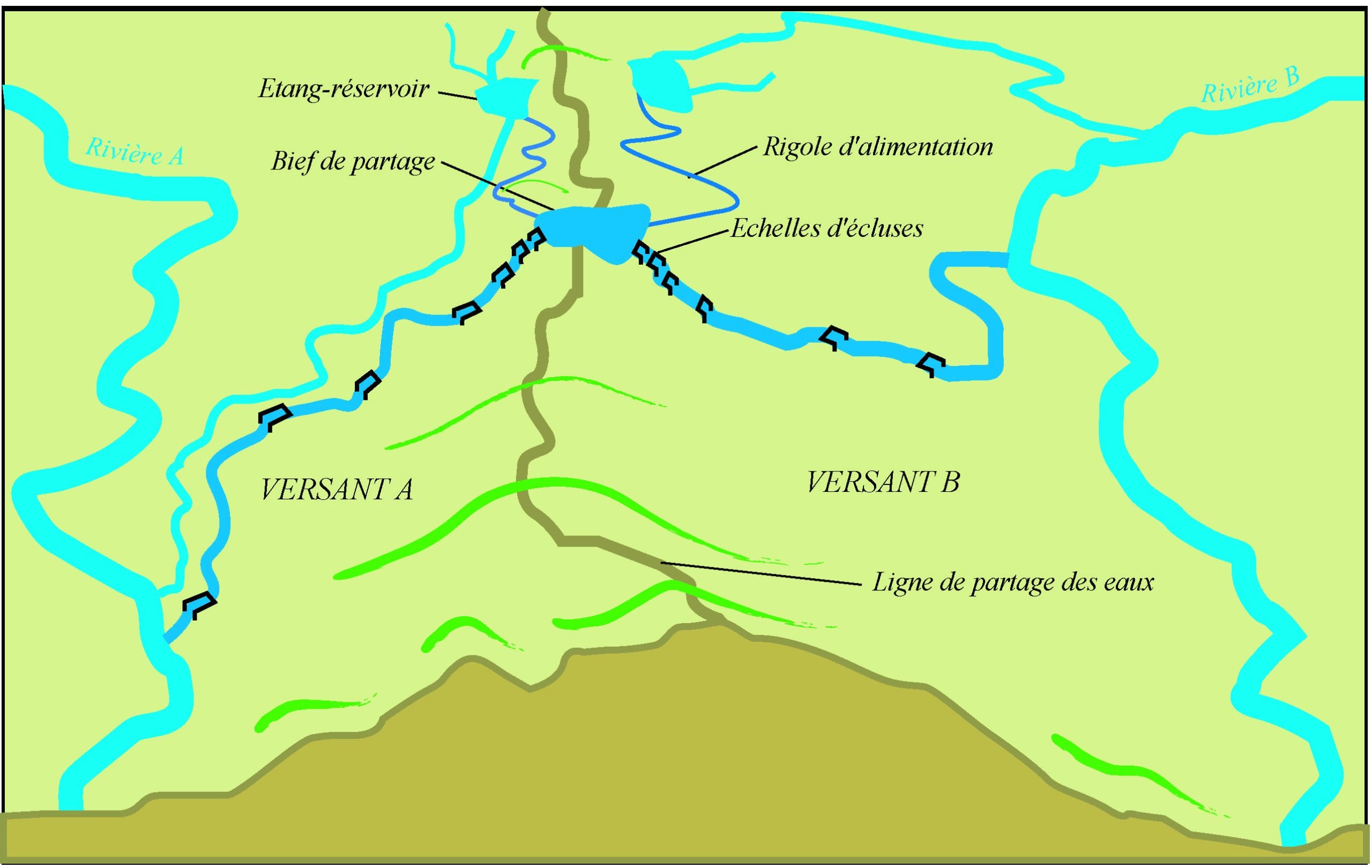
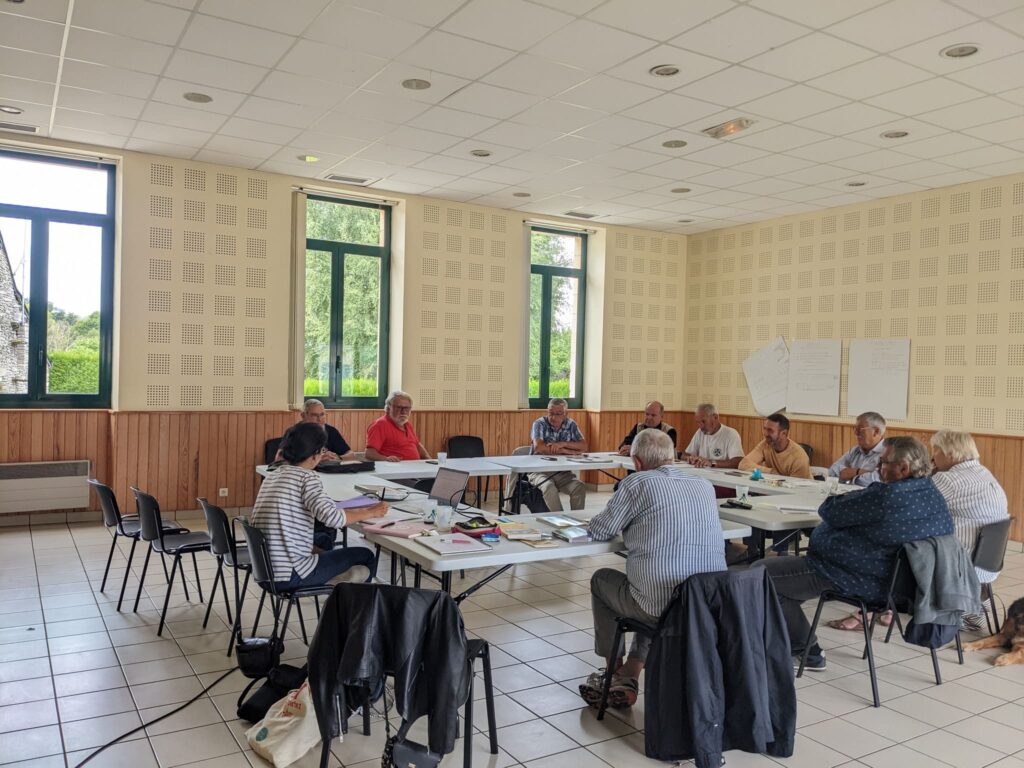
MAINTENANCE OF THE CANALS
The period during which the canals are closed for maintenance is called "chomage" in French, literally “unemployment”. Maintenance is the responsibility of the owners of the waterways, that is the Region of Brittany and the the Loire-Atlantique and the Côtes d’Armor departments.
Lock gates may require repair¸ or be changed. This is highly specialised work carried out on the Breton network by a carpentry company based at Saint-Germain-sur-Ille. (le visionnier).
(le visionnier)
In those sections where the current is weak and there is little flowthrough of water, the reaches (the stretches of water between locks) are dredged to prevent silting. In addition, the banks are consolidated and invasive aquatic plants are removed.
Maintenance of the network
When the network was in full commercial use, maintenance took place in the summer, when the water level was lowest. Now it begins at the end of the tourist season. In 2023, the network will be open to navigation until 9th October.
The folowing timetables do not include the estuarial areas, which have specific timetables.
Navigation dates – 2023 7th April to 8th October
Since 2022, the canals open on the Friday before the 1st Easter school holiday zone after 1 April and close on the 2nd Sunday in October.

Locks are generally operated by lockkeepers, not by boat owners. Skippers should arrive at the locks no later than 15 mins before the end of the service.
A NATURAL HERITAGE TO CHERISH
Protecting the ecosystem
An ecosystem is a natural environment and includes the flora plants and fauna that live and interact with each other within that environment. This unit is functional – reproduction, feeding, etc. It functions due to exchanges between species and between those species and their living environment.
The waters and river banks of the original network of rivers in Brittany were a natural ecosystem, which was modified by the construction of the canals. Over time, nature adapted to these changes and created a new ecosystem. Such environments are called “anthropogenic”, that is modified by the action of humankind introducing new fauna and flora, some of which are not native to Brittany.
The ecological importance of the canals
Following the termination of commercial navigation in the early 1970s, the Breton canal network was in danger of disappearing. However, it was soon realised that the canals were an excellent source of drinking water, so maintaining the quality of the water is of major importance both for humans and the animal and plant species that live in it.
A biological "corridor”
The waters and banks of the canals form a “biological corridor” because they are home to numerous species that move from one area to another according to their needs: habitat, feeding, reproduction. Such corridors are protected in order to preserve their living and dynamic nature. Most important is the preservation of native species, defined as species originating in a clearly defined and limited geographic area.
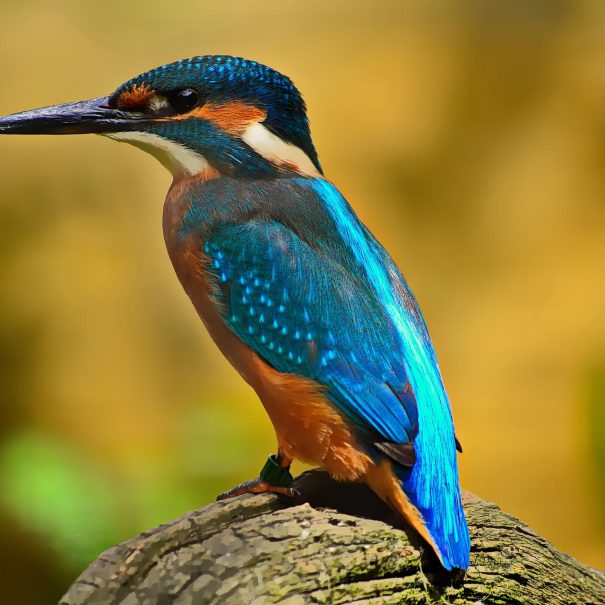
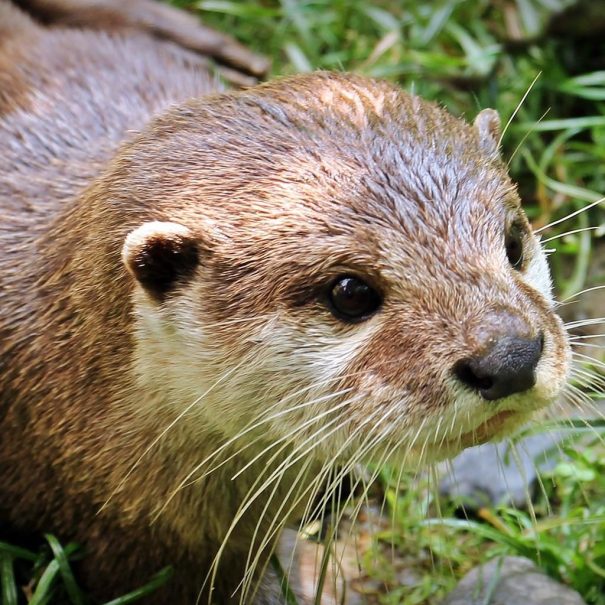
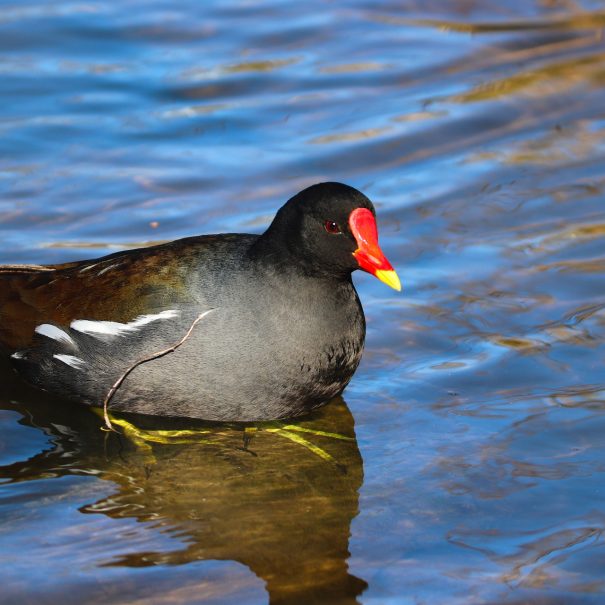
THE MAIN SPECIES TO BE PROTECTED
Fauna
A great biodiversity
There are many different species of fish living in the canals. The presence of protected species maintains the biological balance. Migratory fish live alternately in fresh water and in the salt water of the sea. Atlantic salmon, eel, shad, lamprey and sea trout use rivers as a route to their breeding grounds.
Omnivorous or herbivorous white fish adapt well to the living conditions of canals. Carp is one such species. The most common species are the carnivores such as pike, perch and zander. They prey on small or sick and injured fish.
Among the mammals, two species are of particular interest to scientists and naturalists. The otter and certain species of bat, including the great Rhinolophus, or horseshoe bat. The canal banks are home to numerous species of birds such as the moorhen, the grey heron, the kingfisher, etc. Hunting is banned in the vicinity of the canals which indirectly protects these species.
A vulnerable ecosystem
Canal ecosystems are fragile, so the introduction of non-native species disrupts their biological balance. Frequently they proliferate and become “harmful” to the detriment of native species.
The invaders
At the end of the 19th century, freshwater fish and mammals from both the American continent and Central Europe were introduced. Among the most common are the catfish, the sun perch, the black bass and the Wels catfish that can grow up to three metres long. These fish, sometimes called “the teeth of the canal”, prey on native species and invade their habitats. The most invasive of the mammals is the coypu, whose scientific name is myocastor. Originally, the rodent was imported into France for its fur, however, some escaped. They thrive and multiply rapidly, digging galleries into the banks that weaken them.
The flora
The hidden role of trees
The trees that line the canals play an important role. Firstly, they define the “Public River Domain”, but, more importantly, they also help to stabilise the banks and limit evaporation, particularly in the summer.
The main species are oak, beech, chestnut, alder, common ash, white willow, black poplar and maple.
The danger of invasive species
Some species that have been introduced have become invasive and proliferate in the waterways. Invasive species include microscopic plants such as certain green algae, also known as diatoms, but also macroscopic plants such as the water primrose, elodea, egeria and Japanese knotweed….
Did you know?
The water primrose is an aquatic plant originating in South America that was imported to embellish aquariums and ponds. It forms a dense mat on the banks stifling certain species and preventing birds from feeding. And it is not only animals that are affected. The water primrose also interferes with fishing, boating and other leisure activities.
The only way to eradicate it is to pull it out by its roots.
